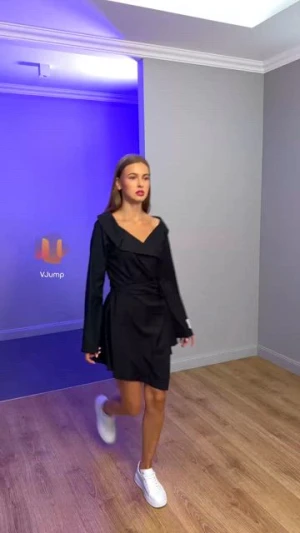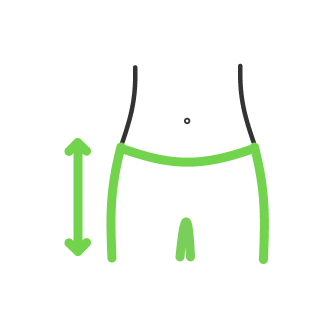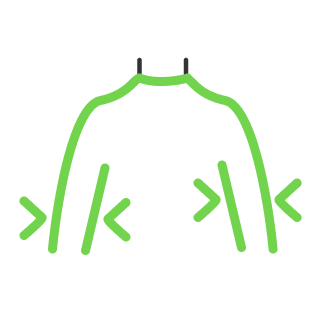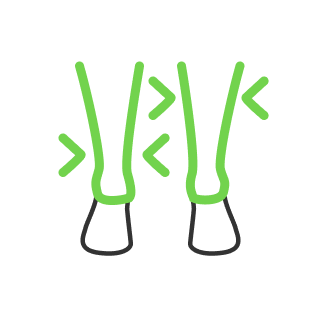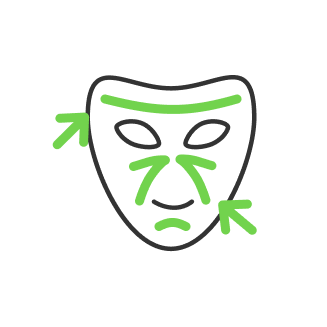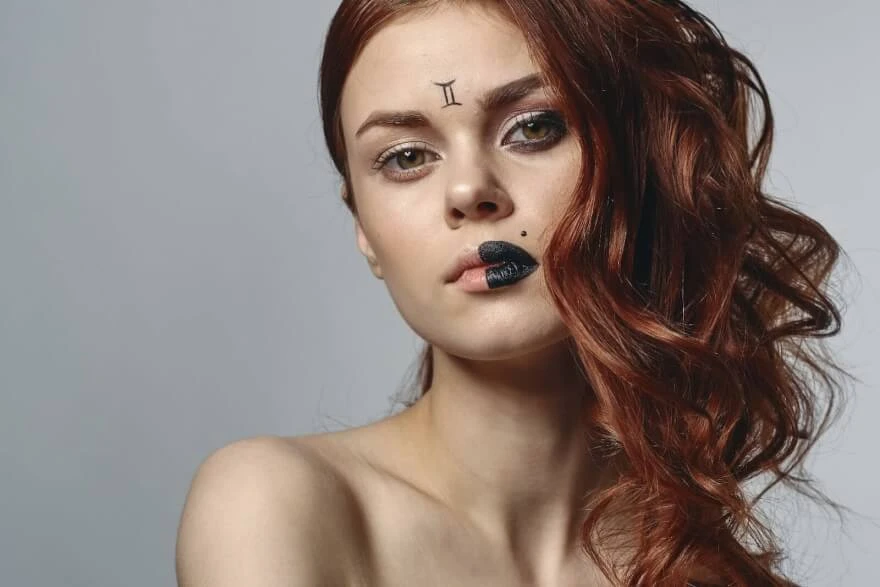Male model posing tips
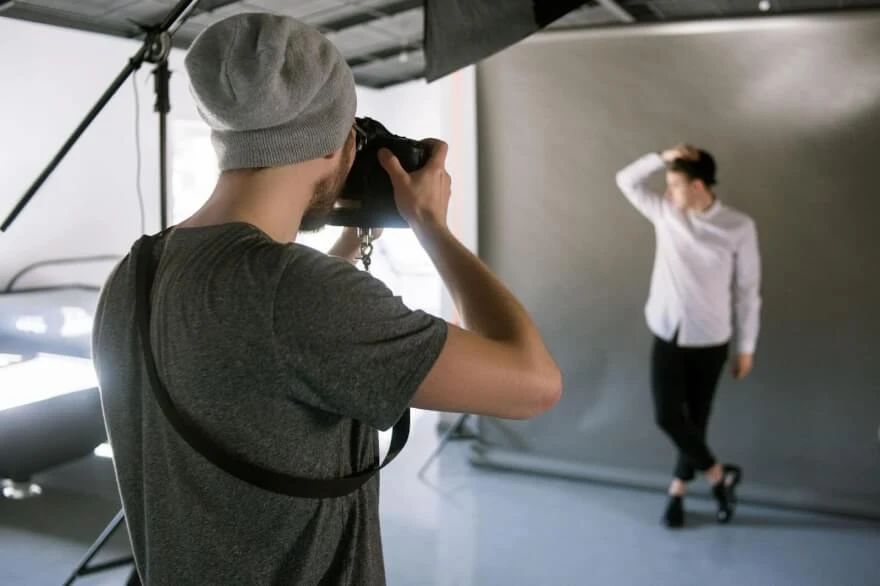
- Body Language of Male Photoshoot Poses
- Body Angles and Lines
- Facial Expressions
- Hand and Arm Placement
- Understanding Light and Shadow
- Wardrobe and Styling
- Confidence and Presence
- Movement and Dynamics
- Practice and Experimentation
Positioning yourself in front of the camera in a way that may define the shot’s outcome. Creating different impressions conveys different stories and overly impacts the viewer’s perception. And that is an effort of both the model and the photographer. No matter if you are a photographer or a model looking for tips, you are two now in one knot, hence working together is beneficial for the shooting session outcome. Hence, interaction and communication are the keys to a successful photoshoot. In this guide, we share model photography tips on poses and exploring the body language of men, see what it says, and find ways to adjust that message.
Body Language of Male Photoshoot Poses

Different men model poses send different messages and the viewer can recognize them. That is how models interact with the viewer conveying what they propose. In terms of body language, we have our body, obviously, and then we have our facial expressions and hands. These are our four main tools to use for creating different poses which we could add feet to as well, but that is more of an additive tool which is not always shown in most of the portrait shots but we will mention it further with the poses examples. With experience, you get used to manipulating your body fluently on a row and conveying different messages with each of the poses you are setting to. With a variation of hands, body angle, facial expression, and eye direction you can set different moods to convey into the image and that is the main goal.
Body Angles and Lines

So, what the male poses for photoshoots are in general? Basically, it is just you facing the camera and showing your best angles to get a good shot. The general tip here would be to get your three main angles:
- Front angle
- Left 45-degree angle
- Right 45-degree angle
Speaking of 45-degree angles, those are not just you angling yourself from the left or the right side towards the camera, these should be complete poses that differ from each other. Use your hands' positioning and facial expression to make that difference. For instance, your left 45 is the angle that you use to show confidence with one hand in the pocket and the eyes looking straight at the camera. Your chin is lowered a bit to make it look like an upper hand sight. Then your right 45 angle is where you are a thinker: you do not look at the camera, you look a bit away, like you do not care, you are a great thinker in this shot. You can choose whatever angle matches those two impressions better for you. The frontal angle is where you want to show your appearance, haircut, apparel, and everything combined. This could be your general shot where you want to look as better as possible in all circumstances.\

Once you are done with these three angles, there are also three basic poses for each of these three angles.
- Idle pose with hands down, nothing special (for all three angles)
- Walking pose (for dynamics)
- Sitting down poses
Combine the angles with these poses to get you different results in shots.
Facial Expressions

Besides just sole body language, facial expression is most likely the first thing that viewers pay attention to. Body language is more additive while facial expression is a must, especially when it comes down to portrait mode. The facial expression defines the further impression of those who decide if they like the photo or not if they want to pay attention to the pose behind your facial expression or move along the way.

The direction and angle of your face are also important. If we set our body to the three main angles mentioned above, with your face, you can look everywhere. Look far, look near, look to the camera.

Remember, a photographer could take shots from farther or closer which creates a whole different image. If the photographer is close, then it is time to work with your facial expression. If they are going further away, then it is more about your body language where you can also implement your feet into the positioning routine.
Hand and Arm Placement

If you want to place your hand into a pocket, make sure to leave your thumb finger outside. Placing a whole hand inside the pocket makes it look less trustworthy, changing the whole image and the viewer’s perception. Hands and arms can make your poses look closed or open depending on their positioning. The hand in the pocket is more about closed poses unless you let part of your hand stick outside the pocket with the thumb finger exposed.
The most closed position is when you cross your hands on your chest, which is not recommended unless you want to show who is the boss here.

If you really want to do that, make it look less forced and more natural with your hands like showcased in the example below combining it with a smile.

Combine your hand and arm positioning with what you are doing with your face and eye direction. If you are looking away from the camera like you are thinking about something, one of your hands could be supportive right beneath your chin holding it.

If you want to show some struggle in a shot, put one of your hands on the back of your neck while looking down. Such an image will showcase that you are going through things and you need support.

Want to showcase some harmony, then use your arms for that as well! Place your hands below your waistline with fingers not crossing but touching together forming a triangle between the fingers. This is a good pose for a full-body shot.
Touch your hair on the move to showcase confidence.


From the previous position, put your arm on your head showcasing your masculinity, and add biceps revealed when you are wearing a casual t-shirt for instance. If you are lacking in physics or want to improve your photos, consider the RetouchMe photo editor app to add biceps or enlarge shoulders for such photos to compel.
Another idea is for a more emotional impact. Put your hands on the collar, like if you want to rip your clothes off while doing a facial expression of someone going through things and those things are about to explode and come out with this gesture.

Hands and arms positioning becomes more crucial the closer your photographer is to you the same as the facial expression. If they are shooting up close, the line below your chest is no longer available in the frame, hence you want to manipulate with your hands even more. Touch your upper body, apparel, and face - these all will be in a shot and more emphasized.
Understanding Light and Shadow
Different venues for a photoshoot mean different lighting conditions. If you are posing in a studio, for example, the lighting here is already set for product photography in most cases. So here you do not need to overthink the lighting or your wardrobe choice that much.

Unlike the outdoor shoots, where dim and colder light on the streets conveys a specific atmosphere setting up a mood to seriousness where fashion poses for men take place more. Or shooting in the outskirts where the background is not busy, you can convey your lifestyle with a sport or casual look using golden hours which are 2 hours before and right after sunset.

The light and shadow sets harsh contrasts on top of that. Usually, you want to avoid such lighting conditions, but instead, you can utilize that to your benefit. For instance, doing portrait shoots with the “thinker” facial expression looking away, direct sunlight on your face, and the rest of your body in shadow will focus more attention on your facial expression.

Or you can even combine both the shadow and the light to create some Rembrandt’s style photos with sitting poses.

Wardrobe and Styling
Apparel matters a lot. With different clothes, you can showcase different lifestyles. Want to look a busy man? Make sure to find a blazer or business jacket in your wardrobe. Want to look open-minded? Prefer smart-casual style and open poses. Want to inspire someone with your fitness modeling and shape? Use sports apparel or casual t-shirts in this regard.

For a better outcome consider the venue and the lighting there. Different apparel matches different environments. For instance, lifestyle shots are better for posing outdoors, while business looks unleashes better in an urban environment as we have mentioned earlier.
Confidence and Presence
When it comes to photoshoot male models, showing confidence is a must. Both male and female posing shares this concept, but male posing takes it to a higher extent as this is a definitive factor between male and female posing. We want a man to exude confidence whereas female posing is more about grace and curves.

The first thing you need to get used to is people in the background whether you are in a location for shoots or the studio, there are going to be some people looking at you all the time. Do not let this factor distract you and focus on the shoot at all costs because it is about you, not them around.

You can present yourself for confidence in different ways, but the most classic ways are all about the business look for a man. In this regard, make sure to have watches on your left hand gently peeking out of your jacket’s or shirt’s sleeve. To show that, еake your hand on the edge of your jacket as if you are correcting it, thus in the frame will get еру watches on your hand. All this together will show that you are a business and self-confident person who watches his appearance and appreciates time. The other hand could be touching the pocket or being in that area meanwhile.

Your posture alignment also matters here. With a straight back, you highlight confidence unlike hunching over. Make sure to have your back straightened.

If you want to display confidence in a dynamic shot when you are using one of your walking poses, take off your jacket or any other outerwear and handle it over your shoulder.
Movement and Dynamics
Photographers are also different and you need to remember that some of them may shoot fast while others take it easy and at a slow pace. So, for a guy model poses, you want to adapt to a shooter you are interacting with. If the photographer taking shots fast, you need to move into that dynamic, changing poses from one to another to get as many different shots as possible using your three main angles, facial expression, and hands altogether. Normally, you hear a click sound when a photo is done which is a sign for you to change your pose.

Some photographers take a long time to focus. When you take fast shots you become into the flow, but with a slow pace, you have time to be more creative about your positioning and appearance in front of the camera lens. Use that time to make sure everything looks perfect, check your hair, apparel layout, and so on.
For dynamics, as we mentioned earlier in the Body Angles paragraph, use your walking poses and combine those with three main angles. Make sure these poses look natural and normal as well, use your legs for these full-body shots on full potential. Do not fake it, you do not have to be weird to make it look unique, as the uniqueness lies in the actual personality of the model, which the photographer tries to extract into an image for you both.
Share confidence with the jacket over the shoulder.

Do sports inspiration running into the camera with your sports outfit looking directly towards the finish line.

Doing your homework routines in the backyard could be used for casual male model poses, showcasing your openmindedness or that you are busy even at home doing something useful.

Lay down on a bridge fence with legs crossing each other while looking somewhere.

Casually walking somewhere being relaxed and carefree.

Low angle approaching

A photographer needs to make sure to use faster shutter speeds to not blur any motion and to not spoil the photo when it comes to movement and dynamics. You as a model want to make sure to utilize all your main angles, body language, arms, and hands with facial expressions for a perfect shot.
Practice and Experimentation

Practice makes perfect, as it says. Do not be afraid to experiment and combine different male model photoshoot poses and angles between each other. Feel yourself free to do whatever you feel like and do not be distracted by your surroundings. The more you do poses, the faster you get into the flow where you find yourself catching the pace of your photographer and it seems like you are perfectly matching each other working together. Do not forget to enjoy the process. Most people’s approach to posing as if they are professional models right off the bat, but if you want to become one of those professionals, the learning experience should evolve with some fun and joy. Do not be afraid to express yourself in front of the camera because only you can judge yourself and do that for improvement. In this regard, the photos you take you can observe anytime after the shoot and make adjustments to your poses and expressions with your photographer and his advice. The best advice there is the more natural the better - avoid fake and unnatural positions, those will look weird in the image and are a waste of your and your photographer’s time.
Co-founder of RetouchMe. In addition to business, he is passionate about travel photography and videography. His photos can be viewed on Instagram (over 1 million followers), and his films can be found on his YouTube channel.
Moreover, his profile is featured on the most popular and authoritative resource in the film industry — IMDb. He has received 51 international awards and 18 nominations at film festivals worldwide.
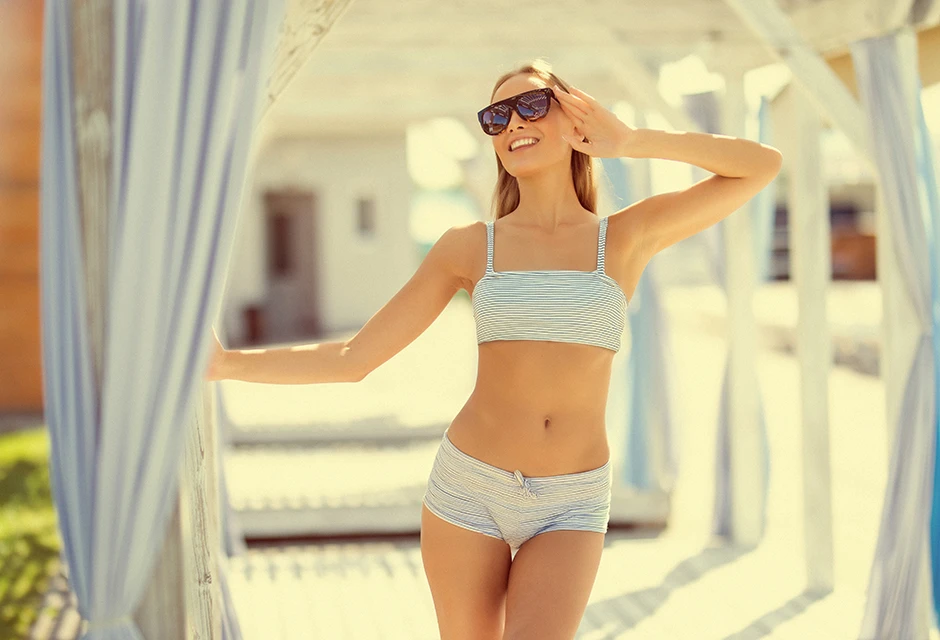
with RetouchMe



